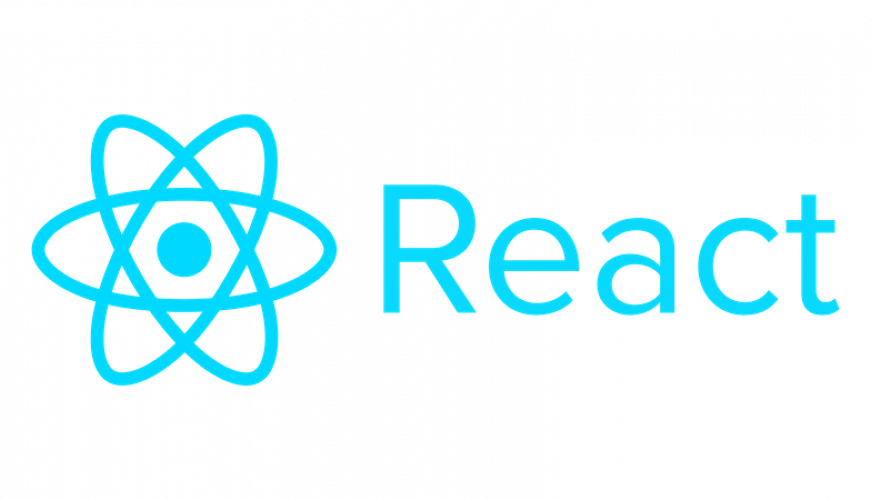ReactJS

Figure: ReactJS
Authors
ReactJS - Scalability
ReactJs - Quality And Evolution
ReactJS - From Vision to Architecture
ReactJs - Product Vision and Problem Analysis
Contributions
Merge & Rmv unused and duplicate style selector
After running code-quality analysis tool SonarQuabe , it pointed us to multiple bad code-smells in the React project.
This PR is to fix some in the time-slicing directory.
Code Smells Resolved:
- Empty CSS selector (.archand)
- Duplicate CSS selector (label)
Refactor attribute behavior
After running code-quality analysis tool SonarQuabe , it pointed us to multiple bad code-smells in the React project.
This PR is to fix some in the attribute-behaviour directory.
Code Smells Resolved:
- Removed Useless Variable assignment
ssrHasSameBehaviouris immediately reassigned outside of the if statement.
- Immediately returned
completedHashesrather than assigning then returning the variable. - Replaced for loop with for-of loop to improve readability.
- Removed unused import
createElement
Refactor duplicate test code.
After running code-quality analysis tool SonarQuabe , it pointed us to multiple bad code-smells in the React project.
This PR is to fix some in the nested-acts.js tests directory.
Code Smells Resolved:
- Refactored duplicated code used in the two test cases to a single function which the tests call. To improve readability and make it more modular.
Refactor standalone smells
After running code-quality analysis tool SonarQuabe , it pointed us to multiple bad code-smells in the React project.
This PR is to fix some in the devtools/standalone directory.
Code Smells Resolved:
- Removed duplicated
.IconButtonselector which also had duplicate style rules. - Removed
anytype annotation used outside of a Typescript file.
Refactor triggerErrorAndCatch function
After running code-quality analysis tool SonarQuabe , it pointed us to multiple bad code-smells in the React project.
This PR is to fix some in the fixtures/error-handing/index.js directory.
Code Smells Resolved:
- Refactored duplicated code.
triggerErrorAndCatch()was function identical in 2 places in the file. It’s been refactored to a function and called when needed. To improve readability and maintainability.



